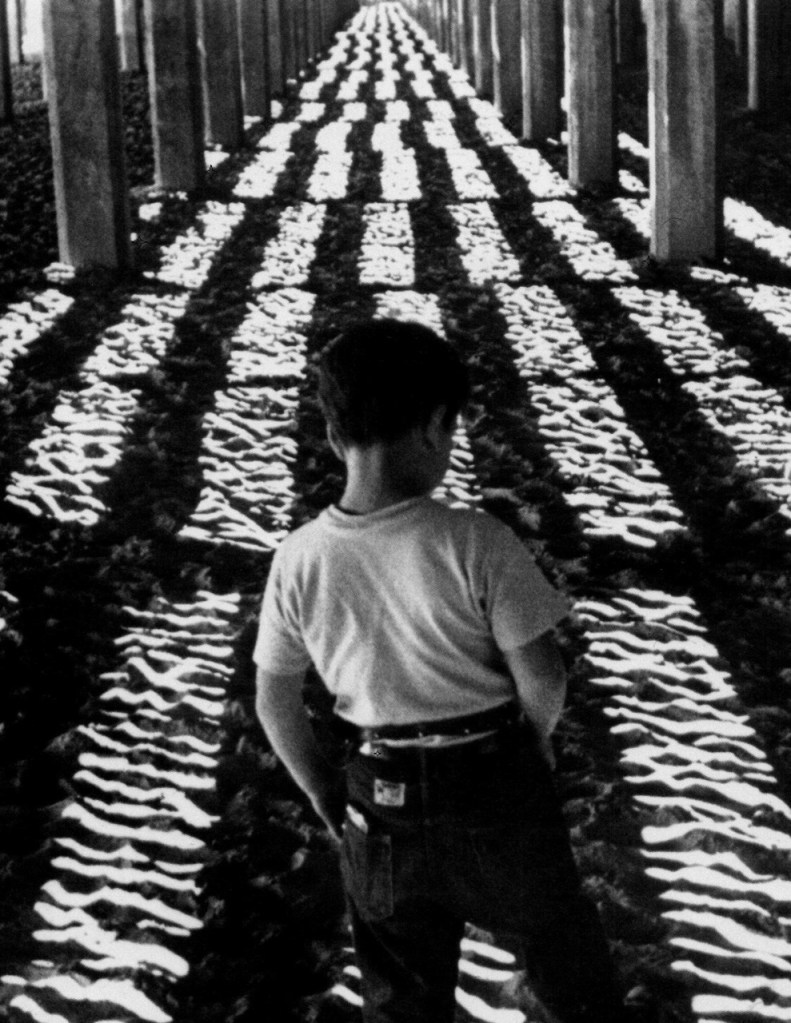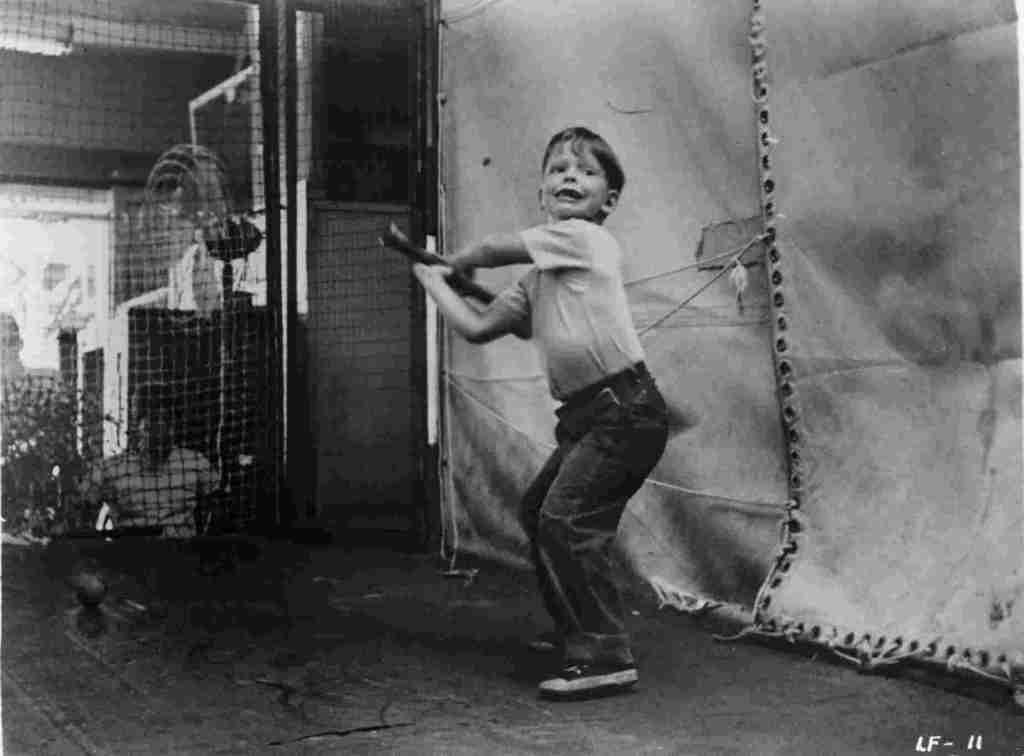Andre Bazin once suggested that critics should only write about films they like, and I agree with him. One of the goals of Tidings of Magpies is to share films and music and art that we’ve been delighted to stumble upon at some point in our lives. We’d like to share things that are often overlooked because they’re small or not-well-hyped or outside the mainstream. We want to share them not just because they deserve to be known, or because their creators have earned praise and recognition, but because your life will be richer for knowing them. Or so we believe.

In that spirit, I give you Little Fugitive. Little Fugitive, a film many people have described as the birth of American independent film, was made in 1953 by novelist Raymond Abrashkin and photographers Morris Engel and the remarkable Ruth Orkin. It was nominated for an Oscar for best writing, which is somewhat surprising, because the story, though full of drama, is somewhat sparse of plot or dialogue. Seven-year-old Joey takes a practical joke a little too seriously and believes that he’s killed his older brother. He’s on the lam, and he flees to Coney Island, where he spends a few days eating hot dogs and cotton candy, sleeping under the boardwalk, and collecting the deposit money on glass bottles to pay for food.

Richard Andrusco, who played Joey, was a non-professional, as were most of the other actors. Engel hid a camera inside his coat, and he filmed Brooklyn and Coney Island, teeming with life. He filmed hundreds of people who had no idea they were on camera. His portrait is joyful and affectionate, he captures every small beautiful gesture. He shows the poetry of two people folding a towel, coming together and moving apart as if in some strange sweet dance, he shows the easy generosity of a boy carrying a younger child through a flooded street. Perhaps because each of the cinematographers was a still photographer, there’s extra attention to composition and balance within each frame: light and dark, sunshine and shadows.
The story is told with the spontaneity and humor of a child–Joey sees everything because few people notice him, and we’re afforded the same chance. He’s buoyant and resourceful, as most children are. He operates outside the rules of the bustling society around him, darting in and out of crowds, weaving through a sea of towels and sunbathers. During the day this is mostly exhilarating and fun–he’s getting away with something. But as evening falls we feel his wistfulness and loneliness. We’re not told about it, we’re not hammered over the head with it, but we feel it in the off-kilter shots, in shots of him, still, in the center of a whirl of families. We see it in the lights of the amusement park separated from him by a sea of forbidding darkness, and in the way he falls as the parachute falls, floating slowly down to the dark earth.

The film is so visually beautiful and yet so simple and unplanned–more about observation than manipulation, more about noticing and capturing the beauty of the every day than creating a pretty scene with an expensive budget. The movement of the crowds, the small dramas, the lights and shadows of the boardwalk, the boy’s little triumphs and failures are so beautifully captured and so captivating. Francois Truffaut credits The Little Fugitive with the birth of the French New Wave, “Our New Wave would never have come into being if it hadn’t been for the young American Morris Engel, who showed us the way to independent production with his fine movie The Little Fugitive.” I wish the Americans had noticed this film half as much! I wish it had been like a little pin full of simplicity and honesty to prick the bloated studio system, and let out all of that hot air.
Categories: featured, featured photographer, film, why I love




Beautiful description! Thanks!!
LikeLike